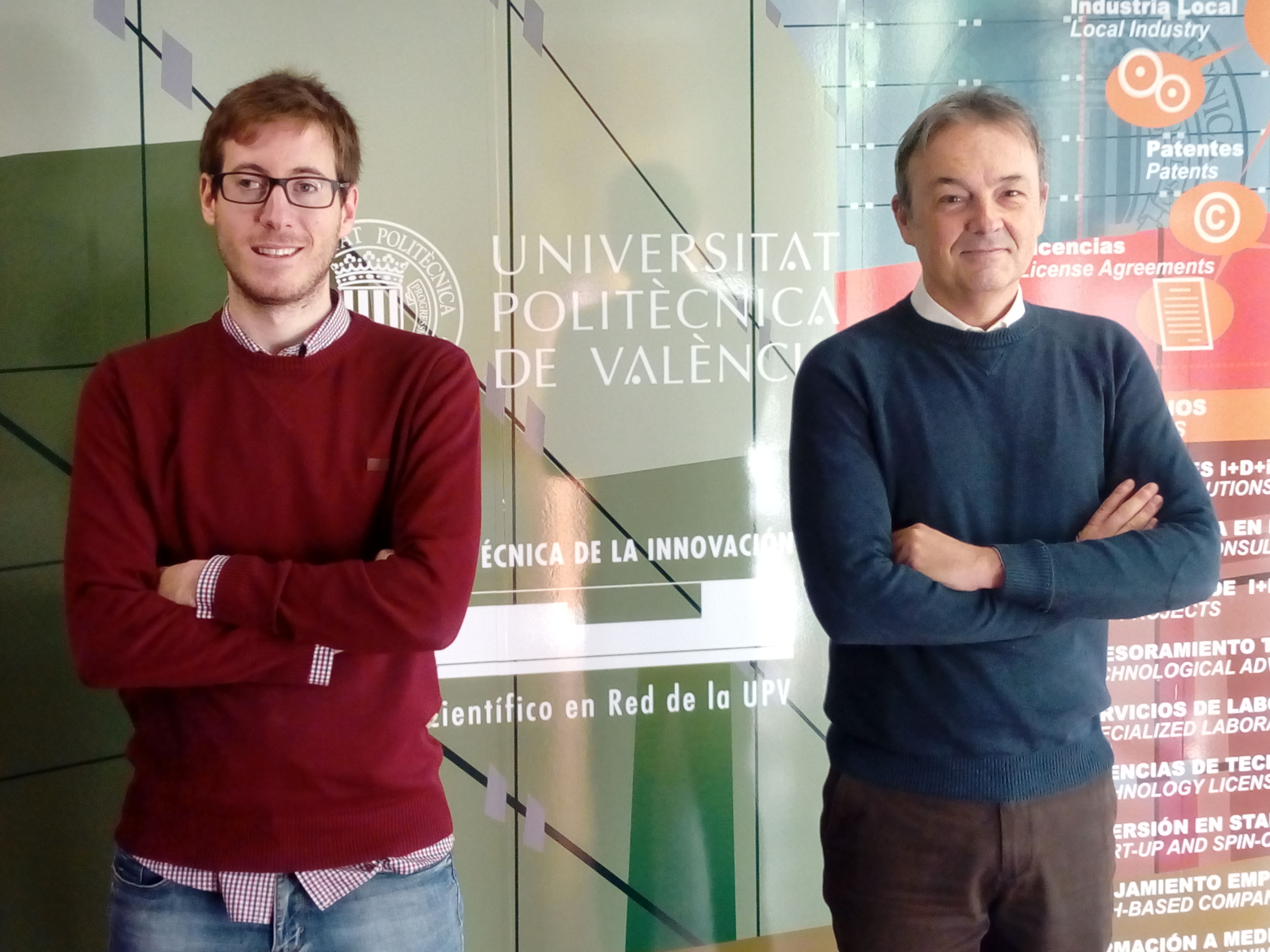iTEAM researchers develop a new methodology to predict and correct chip glitches before fabrication run.
A group of researchers from the Photonics Research Labs (PRL) of the iTEAM Research Institute has taken an important step forward in fail-safe chips designing. They propose a new optical circuit design approach that anticipates possible production defects before chip fabrication, a major breakthrough that has recently been published in the peer-reviewed journal Optica.
The main purpose of their work is to develop a photonic programmable processor that will provide a wide range of functionalities by using a single architecture, as electronical microchips achieved a few decades ago. “Thanks to this new approach we are building designing tools that optimize and simplify chip fabrication as well as significantly improve their performance”, highlights prof. José Capmany, who coordinates this research project.
Fault prediction and mitigation of performance deterioration
According to professor Capmany, fabrication faults in circuit components are very common in Integrated Optics industry. “Our methodology predicts where fabrication errors are likely to occur in order to redesign the whole chip to mitigate a possible performance worsening in a transparent way for the user”, he adds.
“The fundamentals of our algorithm are relatively simple”, states PRL researcher Daniel Pérez. “After setting a first configuration of the circuit components, we employ mathematical induction techniques to assess the circuit behaviour at each port. This first assessment allows us to simulate other circuit configurations. This way we can simulate large-size circuits and validate their performance in accordance with current fabrication procedures.”
Cost reduction
“On top of that, we will benefit from a cost reduction in chip fabrication because any chip optimization via software results in a less demanding fabrication run. Consequently, production efficiency will be increased”, pointed out professor Capmany.
Photonic chips based on AI
The next step is to use Artificial Intelligence techniques to design and produce photonic circuits. “In fact, our current work has produced the seed that machine learning algorithms need to get started”, said Dr. Pérez.
They also have to face the challenge of merging the long-standing effort they have been making so far in hardware designing with their new developments on advanced algorithms to take the most of Integrated Optics technology.

